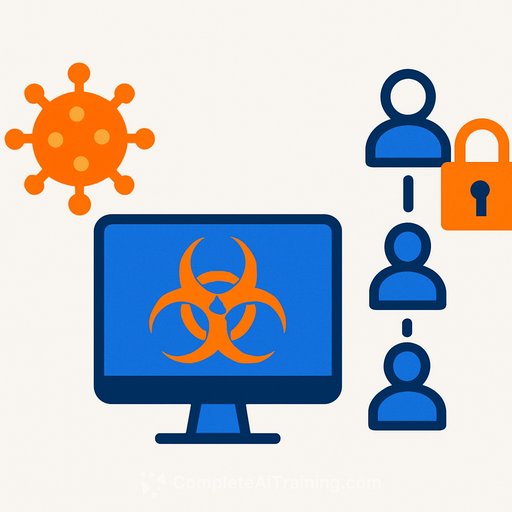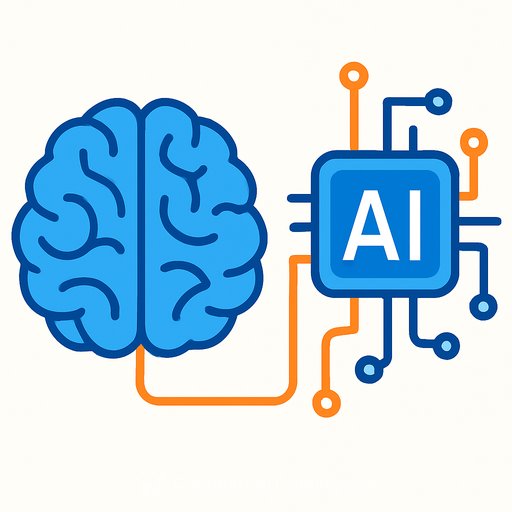AI Safety in Protein Design: Microsoft Closes a Biosecurity "Zero-Day" and Introduces Tiered Access for Sensitive Research
Generative models can now design protein sequences with properties that elude existing DNA synthesis screens. Microsoft Research confirmed this in controlled studies, coordinated a global fix with industry and policy partners, and proposed a new way to share sensitive methods without amplifying risk.
This is a clear signal to labs and journals: AI capability is moving faster than standard safeguards. The response here is as notable as the finding-disclosure discipline, stakeholder alignment, and practical defenses deployed before going public.
What Microsoft Found
AI-assisted protein design tools can produce modified variants of hazardous proteins, including agents like ricin analogs, that slip past commonly used screening pipelines at synthesis providers. That gap creates a direct path from in silico ideation to wet-lab materials if left unchecked.
The takeaway for researchers is straightforward: assume models can generate unsafe sequences that look benign to legacy filters. Screening has to evolve alongside model capability.
How the Vulnerability Was Addressed
Starting in late 2023, Microsoft ran a confidential program with partners across industry, biosecurity organizations, and policymakers. The team applied AI-focused red-teaming to map misuse risks and collaborated with synthesis companies to ship updated screening defenses.
Those patches are now in use across providers, raising the bar before the details of the failure modes became public. This mirrors best practices in cybersecurity: fix, then disclose.
A New Model for Sharing Sensitive Methods
Open publication can unintentionally provide a playbook for misuse. To balance scientific progress with risk reduction, Microsoft and the International Biosecurity and Biosafety Initiative for Science introduced a tiered-access system for data, code, and methods.
Materials are classified by hazard level. Access requires identity verification, purpose review by a biosecurity committee, and signed usage terms, including non-disclosure where warranted. This shifts sensitive work from "security by obscurity" to accountable access.
The editorial leadership at Science endorsed this tiered approach, marking a first for a leading journal. Microsoft also funded IBBIS to sustain long-term stewardship of restricted materials.
Why It Matters Beyond Biology
The same dynamics will surface in chemistry, materials, and other areas where models can propose high-impact designs. Dual-use is no longer an edge case; it is a standard constraint for applied AI research.
The tiered-access template is portable: classify risk, gate sensitive layers, audit usage, and coordinate patches when failures appear. That is how we keep publishing rigorous work without handing over detailed misuse pathways.
Practical Steps for Research Leaders
- Update procurement language to require vendors who implement the latest synthesis-screening defenses and maintain audit trails.
- Establish AI misuse red-teams for sequence- or design-generating models; document known unsafe prompts, outputs, and mitigations.
- Adopt internal tiering for high-risk methods and datasets; gate repositories behind identity checks, committee review, and purpose-limited agreements.
- Integrate misuse review into IBC/IRB workflows and grant proposals; add explicit AI-safety sections in data management plans.
- Instrument model pipelines with policy checks: output filtering, rate limits, flagged content review, and incident reporting channels.
- Train staff on dual-use risk recognition, secure collaboration, and responsible disclosure paths with external partners.
What to Watch Next
- Standardized APIs and benchmarks for sequence screening that keep pace with frontier models.
- Third-party audits of screening performance and organizational controls for model-driven design tools.
- Policy guidance that aligns institutional review, journals, and service providers on tiered-access norms.
If your lab or institute is building AI capability and needs structured upskilling with compliance in mind, explore our AI courses by job function to develop skills without increasing risk.
Your membership also unlocks:






